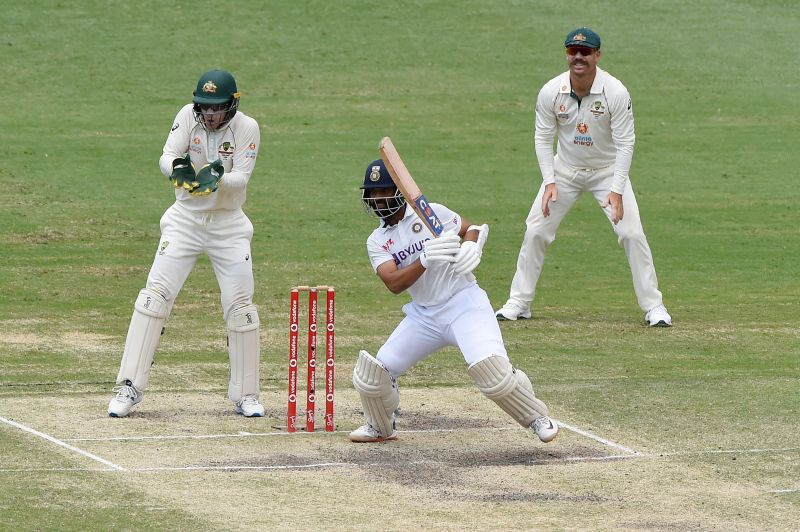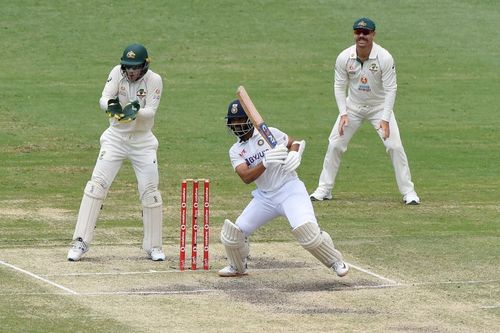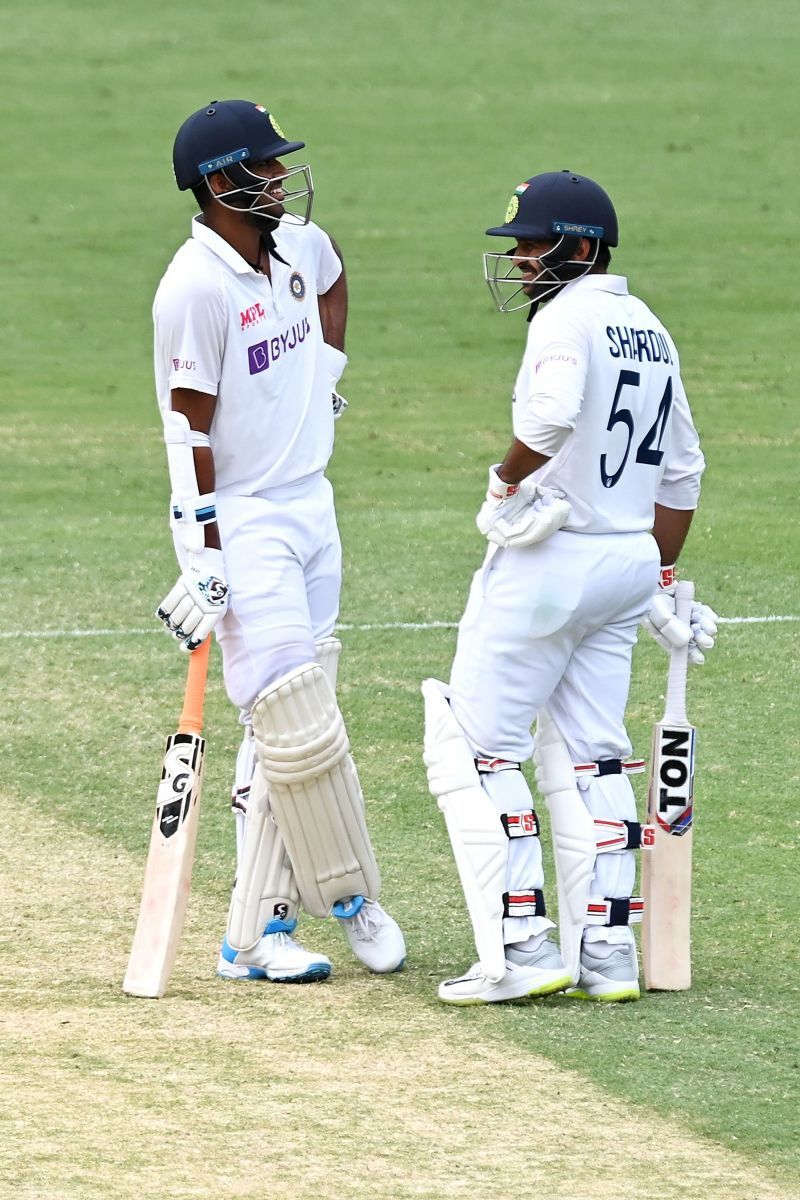
“It’s game on if we need 140-160 in last 35-38 overs” – Ajinkya Rahane reveals strategy for historic Gabba Test

History was created last week in Brisbane when Ajinkya Rahane led a depleted Indian side to a three-wicket win at the Gabba, a venue where Australia hadn’t lost a Test since 1988.
The victory ensured that India retained the Border-Gavaskar Trophy and marched to the top of the ICC World Test Championship Table.
Having lost out on overs due to rain on the fourth day, Ajinkya Rahane has revealed that the side had mapped out the chase in a phased manner.
Ajinkya Rahane said that India were planning to go for the target if they required around four an over with wickets in hand in the final session.
“The initial idea was to play one session at a time. On the morning of the game, we spoke about playing normal cricket, at least until lunch, and then see what happens. We got a good partnership between [Cheteshwar] Pujara and Shubman [Gill]. When Shubman got out, I thought I should carry on that momentum and try and play a bit freely. That was the discussion with Pujara, that I’ll go looking for runs and he stays at the other end and does what he was doing, just hold that end.
“The idea was, even if I got 30-40 quick runs there, the momentum would be on our side post-Tea. The target was, if we’re left with around 35 to 38 overs with anywhere between 140-160 to chase, we’re in the game. We would have wickets in hand,” Ajinkya Rahane told Times of India.
Ajinkya Rahane made a brisk 22-ball 24, but when he got out before Tea, the match was very evenly poised. India still required 161 runs with little experience to follow.
“When I got out, and Rishabh was walking in, I saw there were around 20 minutes left for Tea. I told Rishabh, just play normal till tea. Once we came back from tea, we would go back to the same approach: Pujara would hold one end, Rishabh would play freely,” Ajinkya Rahane further added.
As the team had planned, India required 145 runs from 37 overs in the final session. Cheteshwar Pujara would fall to Pat Cummins after Australia took the second new ball, with India still needing 100 runs in less than 20 overs.
However, Rishabh Pant kept his composure and found ideal support from debutant Washington Sundar, as India pulled off the unthinkable with the right mix of caution and aggression.
Huge challenge to pick the right XI for Brisbane: Ajinkya Rahane
Ajinkya Rahane had planned for regular skipper Virat Kohli’s unavailability after the first Test, while it was also known that Rohit Sharma would not play the initial two Tests.
Even Ishant Sharma and Bhuvneshwar Kumar had been ruled out of the series earlier itself. But what followed was a shocker.
Mohammed Shami and Umesh Yadav sustained injuries during the Adelaide and Melbourne Tests respectively. Ravindra Jadeja, Jasprit Bumrah, Ravichandran Ashwin and Hanuma Vihari soon followed suit in the third Test in Sydney.
That left only Ajinkya Rahane and Cheteshwar Pujara who would play all four Tests.

The series saw five debutants from India, including two in the final Test. Shardul Thakur’s inclusion was also as good as a debut. He had played one Test in 2018, but broke down after bowling just ten deliveries.
Ajinkya Rahane recalled the difficulty, saying:
“It was a huge challenge. From whoever was available, the question was how to pick the best combination and make the best use of available resources. The bowling combination was under greater consideration because, again, it was about whether to go in with the fifth bowler or an extra batsman.
“There were going to be three debutants in that Test, all bowlers. The top priority was to back them at all times, make them believe in themselves. To debut against Australia, in Australia, that too at a venue like the Gabba and in a series decider - well, talk about trial by fire.”
However, it all ended well for the visitors as Shardul Thakur, T Natarajan and Washington Sundar played critical roles in India’s historic win.